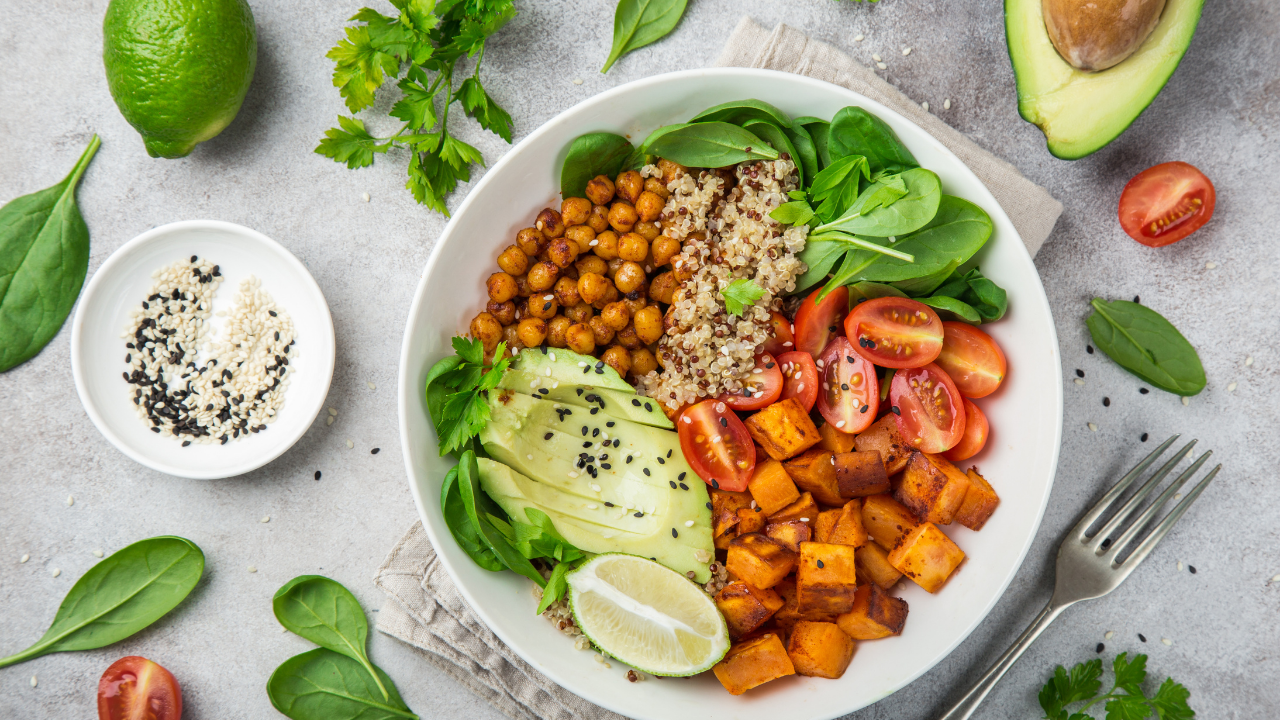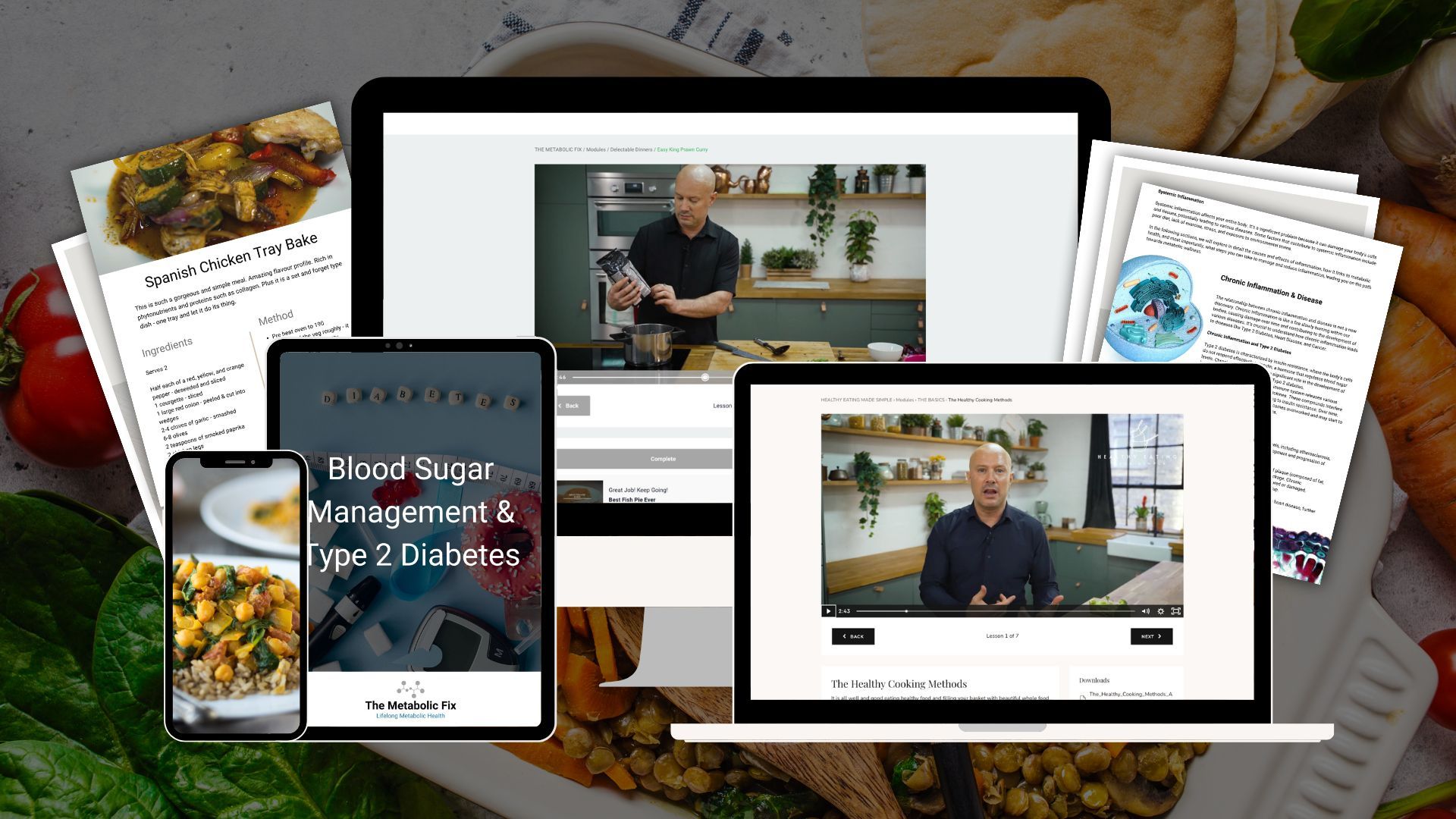Dietary Strategies to Lower Cholesterol
May 14, 2021
Cholesterol is one of the number one targets that people look at to determine the state of our metabolic health, and in some ways this can be true. It is one of the most common markers that your doctor will test for once you go past the age of 30. There is a multibillion industry around drugs that lower cholesterol. For many, lowering cholesterol is a notable health goal, and it isn’t my place to advise against this, but do be aware that it is a vital substance in the body. It is the precursor to all of our steroidal hormones - think oestrogen and testosterone. It is the building block to vitamin D when we are exposed to ultraviolet, and it is a vital component of cell membranes. With this in mind, should we just aim to lower it willy nilly, or should we understand it a little better and learn how to improve how it affects our body? I feel the latter, and there are a few key dietary tweaks that you can make to do just this.
Important distinctions
It is important to be aware of the differences in the different sub types that are discussed when we talk about cholesterol. The first thing to be aware of is that the terms ‘good cholesterol’ and ‘bad’ cholesterol are actually fairly meaningless. Cholesterol is one single substance. What is generally being discussed when we hear these terms is LDL and HDL. These are not cholesterol. These are lipoproteins. These are cholesterol transporters. Low Density Lipoprotein and High Density Lipoprotein. I use the analogy of 2 bus routes. One bus takes people from the town centre out to the surrounding villages. The other takes people from the surrounding villages, and brings them into the town centre. LDL cholesterol takes cholesterol from the liver out to the peripheries of the body, whereas HDL collects cholesterol from the peripheries and carries it to the liver for breakdown and removal. The thinking is is that if your LDL is higher than your HDL, then you have more cholesterol being deposited out in the peripheries with a higher risk of arterial plaques being formed. Likewise if you have higher HDL then more cholesterol is getting recycled and removed than being deposited. Whilst these ratios can give some degree of information regarding overall metabolic health, this old hat view falls very very short as there is far more at play.
Size matters
Sorry to break it to you, but size matters. When it comes to particle size that is!! This is probably more relevant to anything else. LDL particle size. We can have LDL in very large globulous cloud like blobs drifting through our blood vessels and it will pose absolutely no risk to cardiovascular health whatsoever. Then, we can have varying sizes of LDL particle all the way down to the most nefarious - the small dense LDL particle. These tiny particles have what we call high atherogenicity meaning they can easily embed themselves in the endothelium (inner lining) of the blood vessels and begin the formation of a plaque and cardiovascular disease ensues. This is one of the key parts to my personal approach to cholesterol management with diet.
Dietary strategy to lower…or rather improve…cholesterol
Low GL Diet
The first thing that you need to be focused upon is the glycemic impact of your diet. This means the rate and extent to which your diet raises your blood sugar levels. This matters for a multitude of reasons from maintaining energy levels, managing diabetes risk, and weight management. But in this context, a diet that pushes blood sugar up very high, very quickly is associated with a drastically increased level of small dense LDL particles which are the highly atherogenic variety. The second blow that this type of diet delivers is that it is to inflammation, what petrol is to a bonfire. Inflammation causes damage to the endothelium putting it at greater risk of cholesterol infiltration. So, if you create an environment where the endothelium is at greater risk of cholesterol infiltration, and then create higher levels of a cholesterol particle that very easily and effectively infiltrates, then you can see what is coming!
The way to reduce the glycemic impact of your diet is a two fold process. The first is get carb smart. This means the types of carbohydrates you eat and how much of them you eat matters. Always opt for the brown, wholemeal, or multigrain varieties of your carbohydrate staples - brown rice, granary bread, whole wheat pasta etc. The second is to dial back your overall intake of these. Aim for a portion the size of the palm of your hand at each meal. These types of carbohydrates have a far higher fibre content which means they take longer to digest which in turn means that they release their glucose far slower meaning blood sugar is drip fed rather than carpet bombed.
The second part to this is to ensure that you always have a good quality protein source at each meal. Meat, fish, eggs, tofu, tempeh…..whatever your preferences. This combination of high quality proteins and slow burn carbohydrates creates meal that takes a very long time to digest slowing down the rate and extent to which blood sugar rises.
Up the omega 3
Surprise surprise I am going to talk about omega 3. I have written extensively about the fact that omega 3 helps to notably manage inflammation. It can really dramatically reduce chronic inflammation by helping the body to manufacture its own in built anti-inflammatories, so I won’t labour on that point. It reduces inflammation which reduces endothelial damage, which reduces atheroma formation. In this context though omega 3 also improves LDL to HDL ratios but more importantly helps to move particles towards the larger less harmful size. Increase omega 3 by consuming oily fish 3-4 times a week or looking at a good supplement that contains BOTH EPA and DHA.
Alongside this we should also aim to reduce omega 6 from oils such as sunflower, “vegetable”, corn, soybean oils. These promote inflammation and also skew LDL/HDL ratios and small dense LDL formation.
Increase fibre intake
The final part of the picture which seems to have a general improvement upon cholesterol levels and ratios is to increase your intake of fibre, and if you are building your diet around whole foods - fresh fruit, vegetables, whole grains, nuts and seeds, legumes etc then this won’t be an issue. Fibre can actually bind to cholesterol in the gut, render it unable to be absorbed, and then carries it out of the body via the bowel. This in time lowers total serum cholesterol, not to mention the myriad of benefits that it has on gut health and microbiome composition.




